VentureBeat’s GamesBeat gave the article a professional edit and promoted the post. You can find that listing here:
A look back: What Cing’s Nintendo adventure games can teach us about innovation
The original article is below.
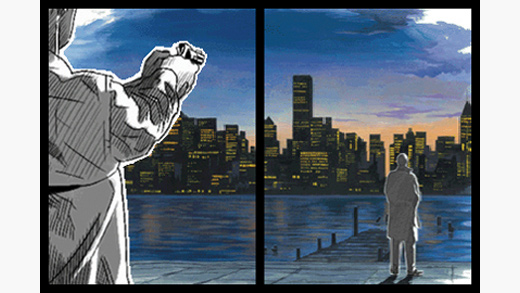
It’s been almost four years since Cing went out of business. In over a decade of its existence, the company created multiple point-and-click adventure games for Nintendo’s platforms. Being a fan of Hotel Dusk: Room 215 on the Nintendo DS, it was sad to see them go as they finished work on the sequel, Last Window: The Secret of Cape West, which only released in Europe and Japan. I imported Last Window years ago, but have saved it for when it felt right to dive in. I finally sat down and completed in a couple of flights over the holidays, and realized I was more disappointed than I should have been about Cing’s closure.
Obviously it was a shame to those who lost their jobs, and I hope by this point they’ve all found some form of employment. But as much as I enjoyed Last Window, the title did little to broaden their horizons.
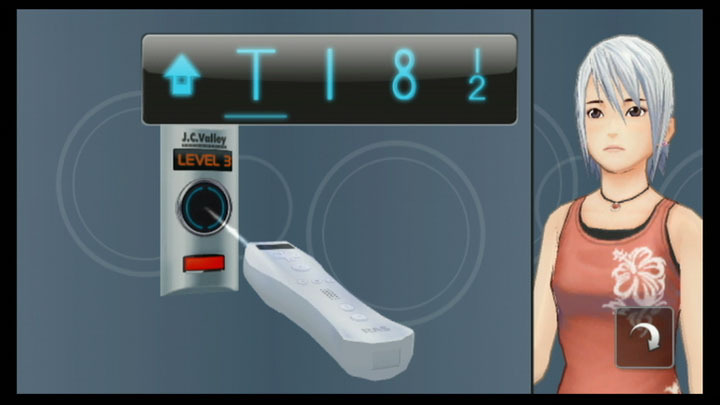
Cing’s DS and Wii experiences always stood out thanks to their novel use of Nintendo’s systems and their features, often requiring you to think outside of the game’s boundaries. For example: One puzzle in their Wii title, Another Code: R — A Journey into Lost Memories, requires you to open the Wii’s Home menu to reveal the solution. It’s a refreshing and sometimes frustrating experience as it requires you to mentally break the fourth wall.
After finishing Last Window, a thought crossed my mind: “I could go without playing another title like this, at least any time soon.” Their games didn’t evolve after their second release for Nintendo, Hotel Dusk. Sure the novelty puzzles continued to be unique to their games, but they were an expected feature by their fourth title.
Comparing their earlier DS games, Trace Memory and Hotel Dusk, it’s easy to see there are some improvements and changes between each release. Hotel Dusk streamlines puzzle elements and the user interface, as well as gives players a more natural view of their surroundings through a first person perspective, where Trace Memory had been isometric.
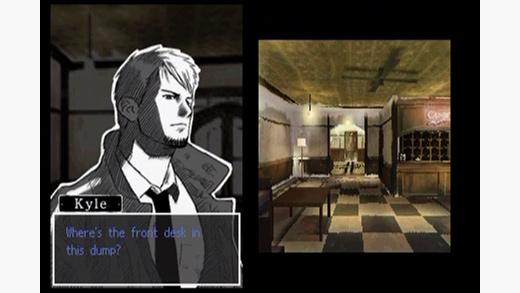
(Another Code: R Image Source: Nekojonez’ Gaming Blog)
The tone changed significantly between them. Both are point-and-click adventure games focusing on solving complicated mysteries, but Trace Memory is viewed through the eyes of a young girl trying to find her father. Hotel Dusk is from the perspective of a seasoned detective, and often dealt with more mature and complicated themes.
Their following title, Another Code: R, revisited Trace Memory and felt like a step back, often undermining the player’s intelligence with hand holding and dialog that assumes you have an attention span of less than five minutes. Thankfully this was an issue unique to this entry.
Instead of building off their past successes after stumbling, they simply returned to the Hotel Dusk formula. Sure Last Window had a new story and new characters, but the actual game shell containing it and the story’s themes remained unchanged.
It’s hard to fully blame Cing. They worked under short development periods and they obviously didn’t have room to take risks, or at least that’s what I assume as they went bankrupt soon after the release of Last Window. It wouldn’t be surprising if it was simply an attempt to stay afloat, hence its safe nature.
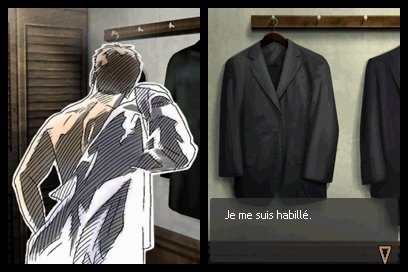
(Sexy Kyle Hyde Man Back Image Source: Gaming Memoirs)
I love the story, themes, dialog and characters of Cing’s titles. If Kyle Hyde from Hotel Dusk and Last Window was real, I’d marry him.
I’m actually curious where the developers went following Cing’s bankruptcy. I haven’t gone searching for them yet, and I’m not sure if any of them are high profile enough to be tracked.
There has been a renaissance in the point-and-click adventure genre in recent years. Most of the newer titles seem to be based off western developed releases of the past, but I do hope someone takes time to look at Cing’s work and build off the foundations they set.

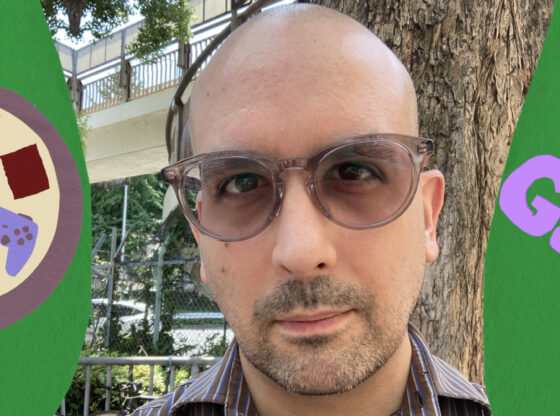

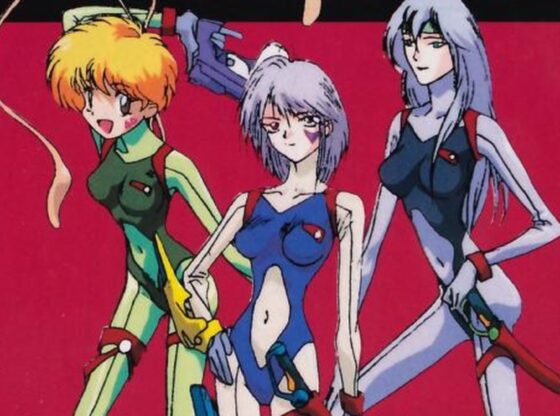

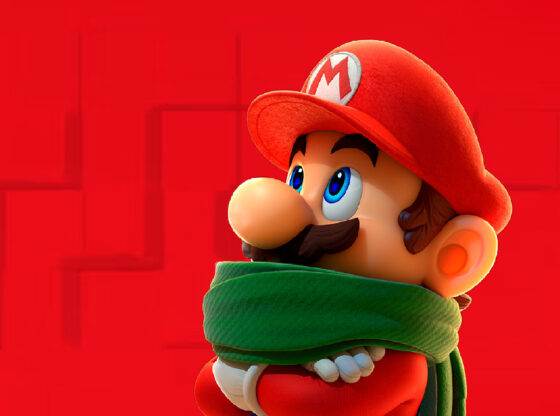


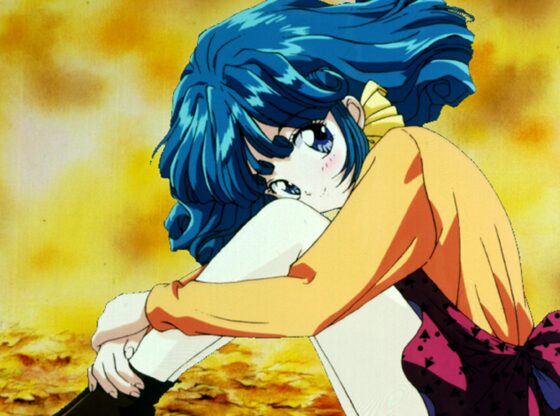


I found a paperclip. 🙂
Thanks for that link to my article. 😀